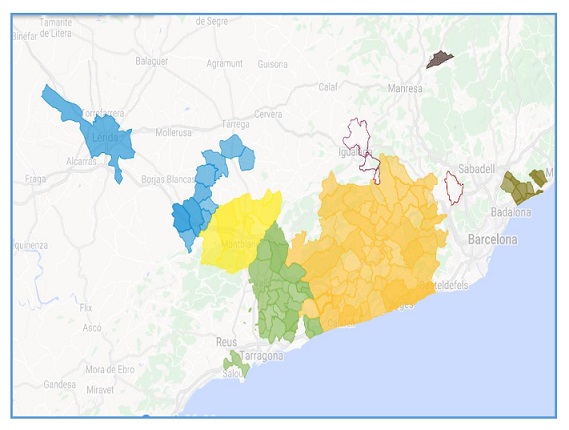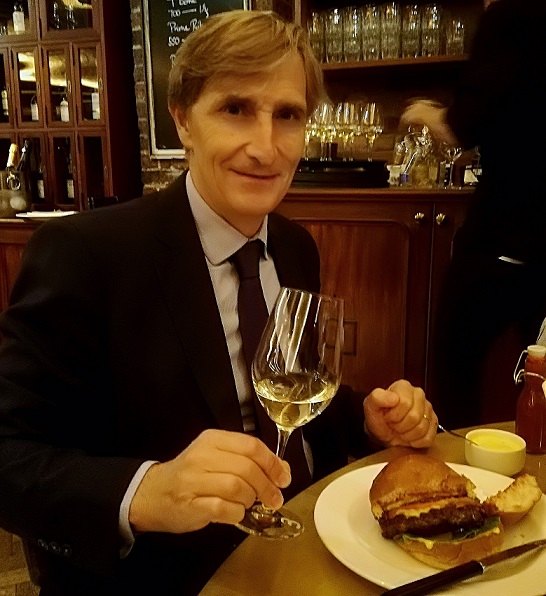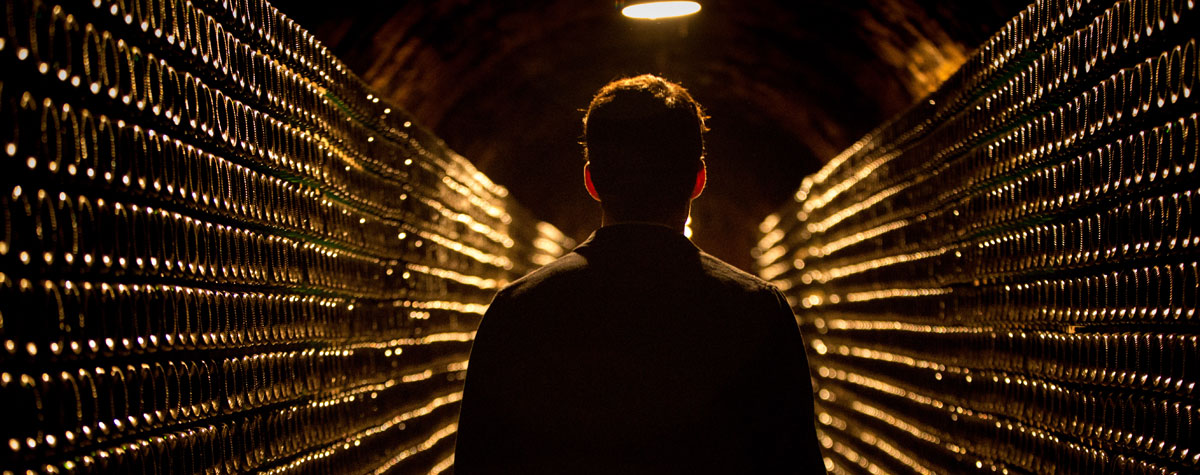The aim of the changes, which focus on highlighting the wines’ origin and on stricter regulations, is to improve Cava’s reputation, promote consumption, attract new consumers, and educate consumers who think of it as a cheap alternative to Champagne.
Javier Pagés, president of DO Cava, wants people to see the differences. “We have a very different history, varieties and Mediterranean climate. And all this gives us an opportunity to explain to the world that here in the Mediterranean area we elaborate long-aged sparkling wines which are very dry, subtle and elegant. Very different from Champagne. And now with a criteria for quality equal or even better than Champagne.”
The changes – approved unanimously by the Consejo Regulador del Cava just before Christmas – include stricter regulations:
- Minimum maturation in cask for reserva wines will increase from 15 to 18 months;
- Maximum yields will decrease from 12 to 10 tonnes per hectare;
- All will be vintage or multi-vintage dated;
- All reservas and gran reservas will have to be organic and come from vineyards at least 10 years old.

Another important change is zoning, which will formalise distinctive terroirs, diverse meso-climates and different qualities.
Until now, Cava’s designation of origin referred to almost all sparkling white wines produced in Spain, regardless of their region, soil, climate, variety of grapes, or winemaking method.
DO Cava’s first step towards recognising premium terroirs came in 2016 with the launch of the Cava de Paraje Calificado designation for specific single-vineyard wines aged on lees for a minimum of 36 months. This was not enough, however, to satisfy nine premium Cava producers in Catalonia, who broke away and created their own luxury brand, Corpinnat.
Javier, who has been in his job for “one hectic year”, told Canopy that DO Cava plans to increase the communication regarding the Cava de Paraje Calificado category, but is also introducing a new two-tier geographic zoning system to help consumers identify different origins and styles. The first tier features macro-regions such as Catalonia, Extremadura, Valencia and Valle del Ebro. The second tier – which is still being worked on – will cover subregions such as Penedès, Conca de Barberà, Alella, Tarragona and Costers de Segre.
'I think we have a richness that has not been explained'“What our new plans set out to do is give the consumer a guarantee of quality and provenance and guide them up the ladder to tell the story behind the wines whilst discovering more about what differentiates Cava from its competitors,” Javier said. “I think we have a richness that has not been explained and that richness brings a lot of possibilities for some customers.”
The changes regarding zoning also mean:
- All reserva and gran reserva wines will be registered in the Cava Vineyard Registry, “so we can guarantee the quality, place of provenance and traceability of our very best wines,” Javier said;
- For reserva and gran reserva wines, the origin of the fruit must be stated on the label. For lesser levels, it’s optional.
We expect to see these changes implemented from the 2020 vintage.
Cava in numbers
60% of production is exported to more than 100 countries6,800 winegrowers
38,000ha of vineyards
380 wineries belong to DO Cava
Javier Pagés is proud of these figures. “We come from a great position,” he said. “Many wine regions would love to have what Cava has today in terms of sales, in terms of relevance to consumers, in terms of penetration in sales in different countries. But Cava is a DO that also has a few challenges which we need to face and move forwards.”

Food-friendly wine
Javier (above) explained the changes to me over lunch, in which he poured a variety of Cava wines to show various style differences. One thing they all have in common is that they pair well with an array of foods. He had a burger and I had monkfish.Cava’s “gastronomic versatility”, in fact, is currently being researched by Canadian scientist François Chartier, an expert in flavours and harmonies.
He is conducting a scientific and organoleptic study of the dominant molecules (aromas) of four types of Cava, differentiated by their ageing: Cava (more than nine months), Cava reserva (more than 15 months), Cava gran reserva (more than 30 months) and Cava de Paraje Calificado (more than 36 months). Chartier will determine the molecular profile of each one, and link them to ingredients and foods sharing the same elements to establish perfect gastronomic harmonies.
These ingredients and foods will be drawn from five of the world's leading cuisines, all of them focuses for DO Cava: the Mediterranean diet, Japan, Peru, Mexico and the USA. The study of these five types of foods will be illustrated on a world food map, and combined with an analysis of the different types of Cava, to identify all the possible combinations and demonstrate the versatility of this sparkling wine.
The results of this study will be released in the coming months.













.png)






